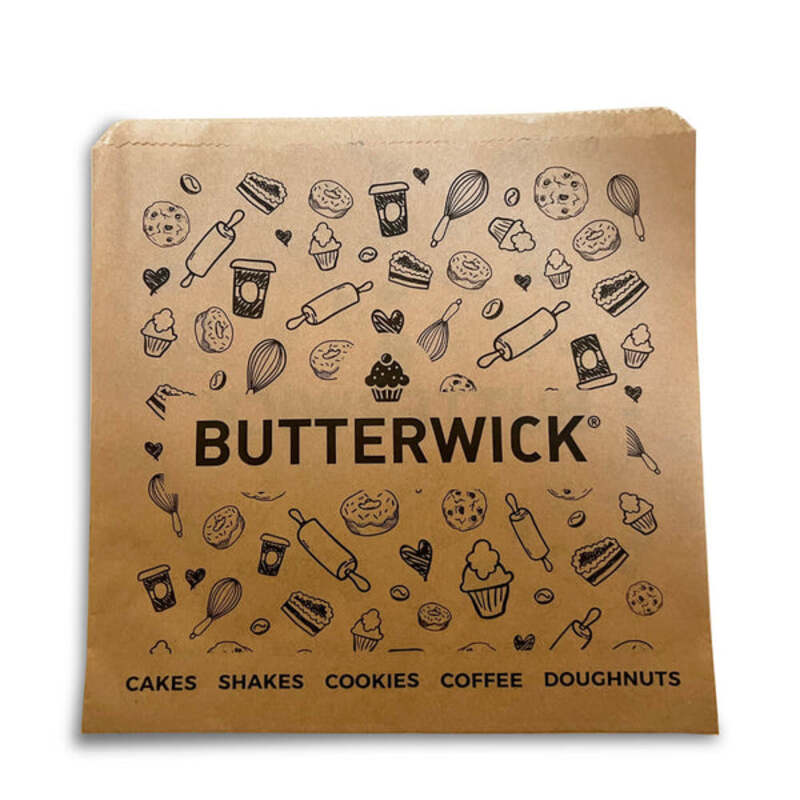The Evolution and Importance of Frozen Food Packaging
In today's fast-paced world, frozen food has become a staple in many households, offering convenience and extended shelf life. As demand for frozen products has surged, the importance of effective packaging has become paramount. Proper frozen food packaging not only ensures the integrity and quality of the food but also plays a crucial role in marketing, storage, and sustainability.
The Evolution of Frozen Food Packaging
Historically, the concept of frozen food dates back to the early 20th century when advancements in refrigeration technology made it possible to preserve food for extended periods. However, it wasn't until the mid-century that frozen foods gained significant popularity. Initially, packaging materials were rudimentary—often involving basic paper and cardboard. As the industry evolved, so did the packaging technologies.
The introduction of plastics revolutionized frozen food packaging
. With the ability to create moisture-resistant, durable, and flexible materials, manufacturers could develop airtight seals that minimized freezer burn—a common problem that affects the quality of frozen products. Today, materials such as polyethylene and polypropylene are commonly used for their excellent barrier properties, which help preserve flavor, texture, and nutritional value.Key Features of Frozen Food Packaging
1. Barrier Properties One of the primary functions of packing frozen food is to protect it from air, moisture, and light. The ideal packaging should be a barrier against these elements to prevent freezer burn and to maintain the food's quality over time.
2. Durability Frozen food packaging must withstand extreme temperatures without breaking down. Materials should remain flexible in cold environments to prevent cracks or tears, which could compromise the food inside.
frozen food packaging

3. Convenience Modern consumers value convenience, and packaging must reflect that. Resealable bags, microwaveable containers, and easy-to-open seals all add to the consumer experience. Additionally, portion-controlled packaging allows for better meal planning and reduces food waste.
4. Information Packaging is often the first point of contact between the product and the consumer. Clear labeling that includes nutritional information, ingredients, and cooking instructions is critical for informed decision-making.
5. Sustainability As environmental concerns grow, there is a significant push for sustainable packaging solutions. Many companies are now investing in biodegradable and recyclable materials to reduce their carbon footprint. This shift not only addresses consumer preferences but also complies with increasing regulatory pressures.
The Impact of Frozen Food Packaging on Consumer Choices
The packaging of frozen food significantly influences consumer behavior. Attractive designs and clear information can set a product apart on store shelves. Eye-catching graphics, vibrant colors, and innovative shapes can entice buyers, while informative packaging communicates the benefits of a product.
Moreover, as more consumers gravitate toward healthy eating, packaging that highlights nutritional benefits or organic certifications can lead to increased sales. A product's perceived freshness often hinges on its packaging; thus, companies strive to create an image of quality through innovative designs.
Conclusion
In conclusion, frozen food packaging has evolved significantly from its early days, driven by advancements in technology and changing consumer preferences. With a focus on protection, durability, convenience, and sustainability, frozen food packaging not only preserves the quality of the food but also plays a crucial role in marketing and consumer satisfaction. As the industry continues to grow, embracing innovative and sustainable packaging solutions will be vital for brands looking to thrive in a competitive marketplace. The future of frozen food packaging promises to be as dynamic as the industry itself, paving the way for an exciting new chapter in how we store and enjoy our food.



